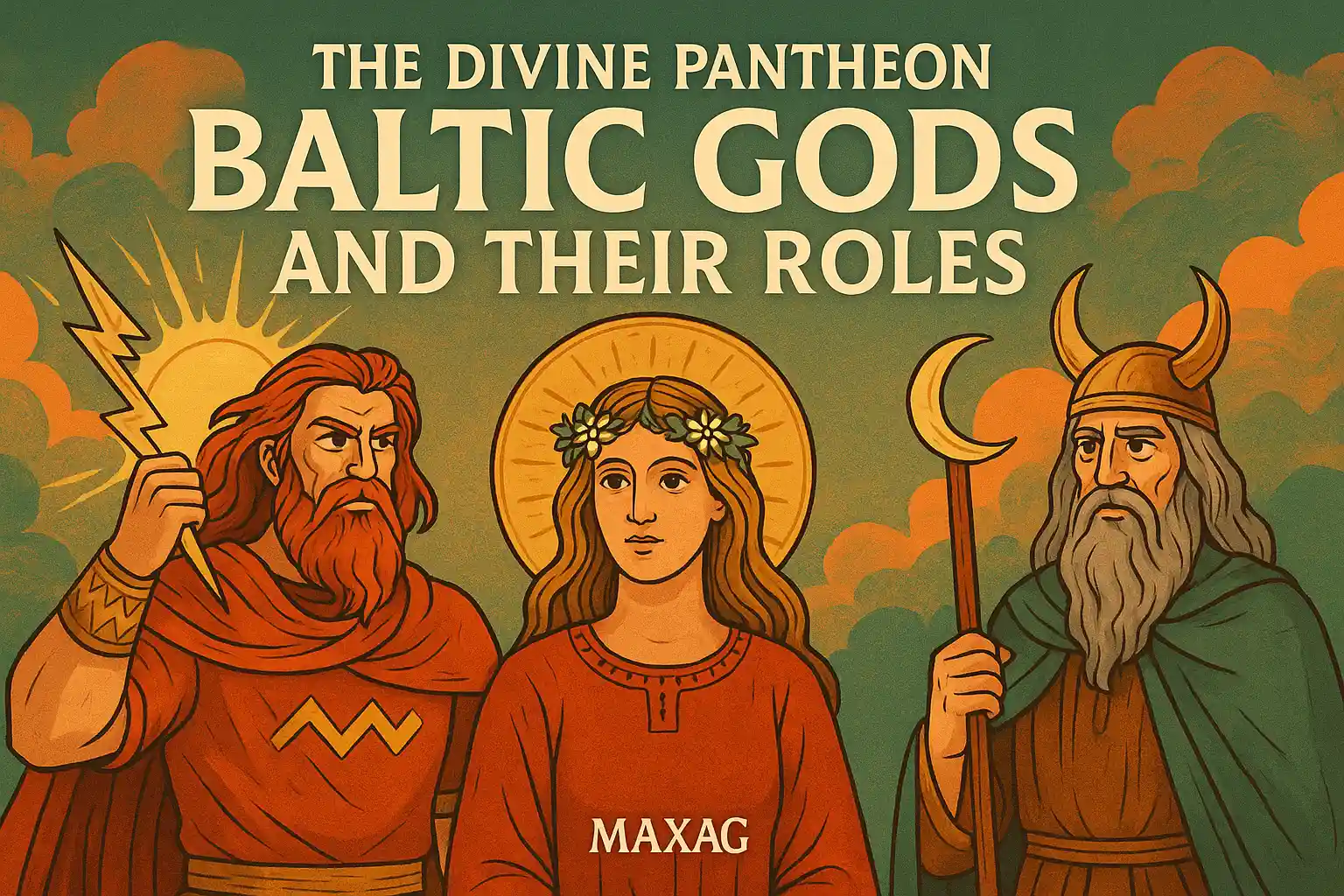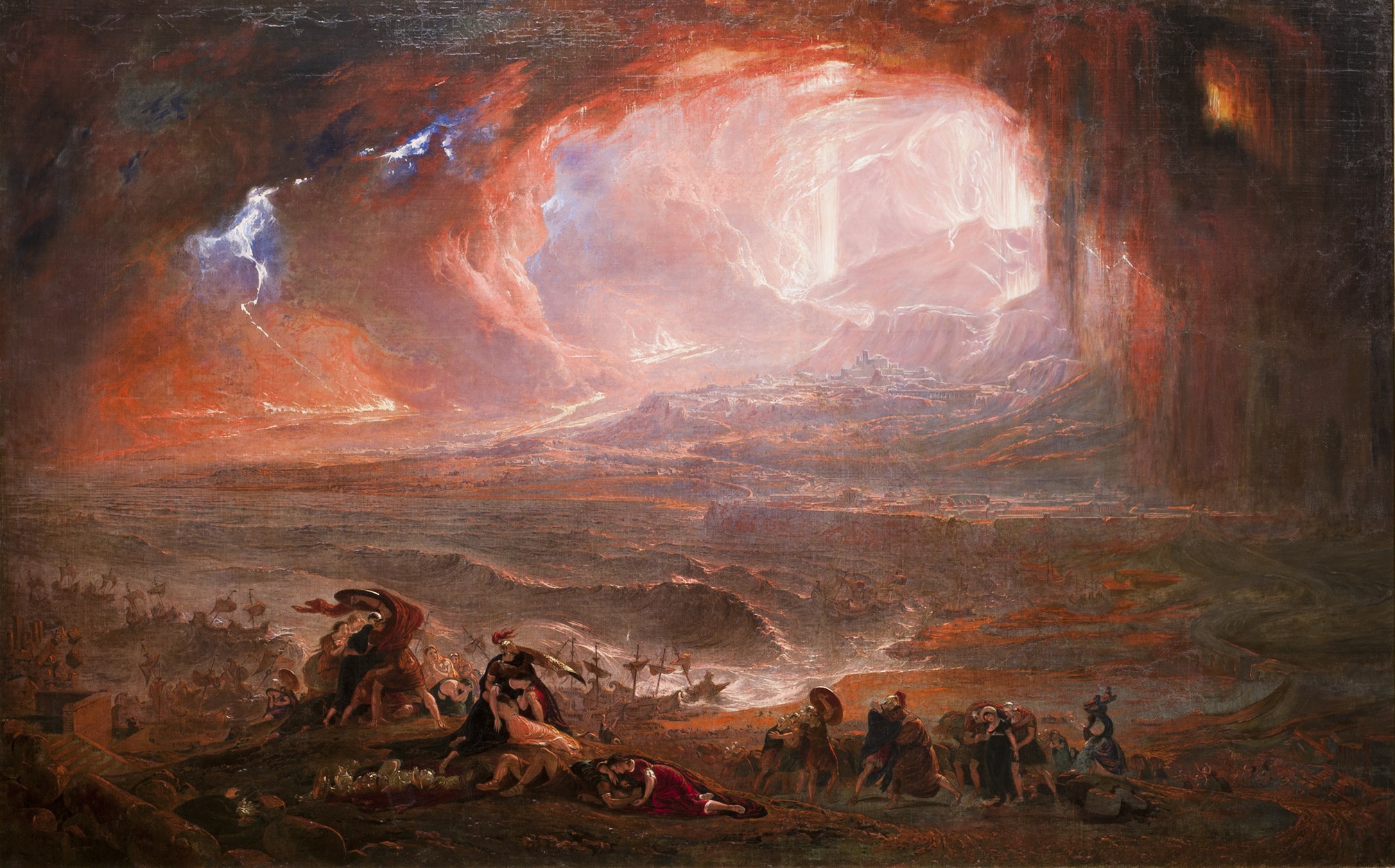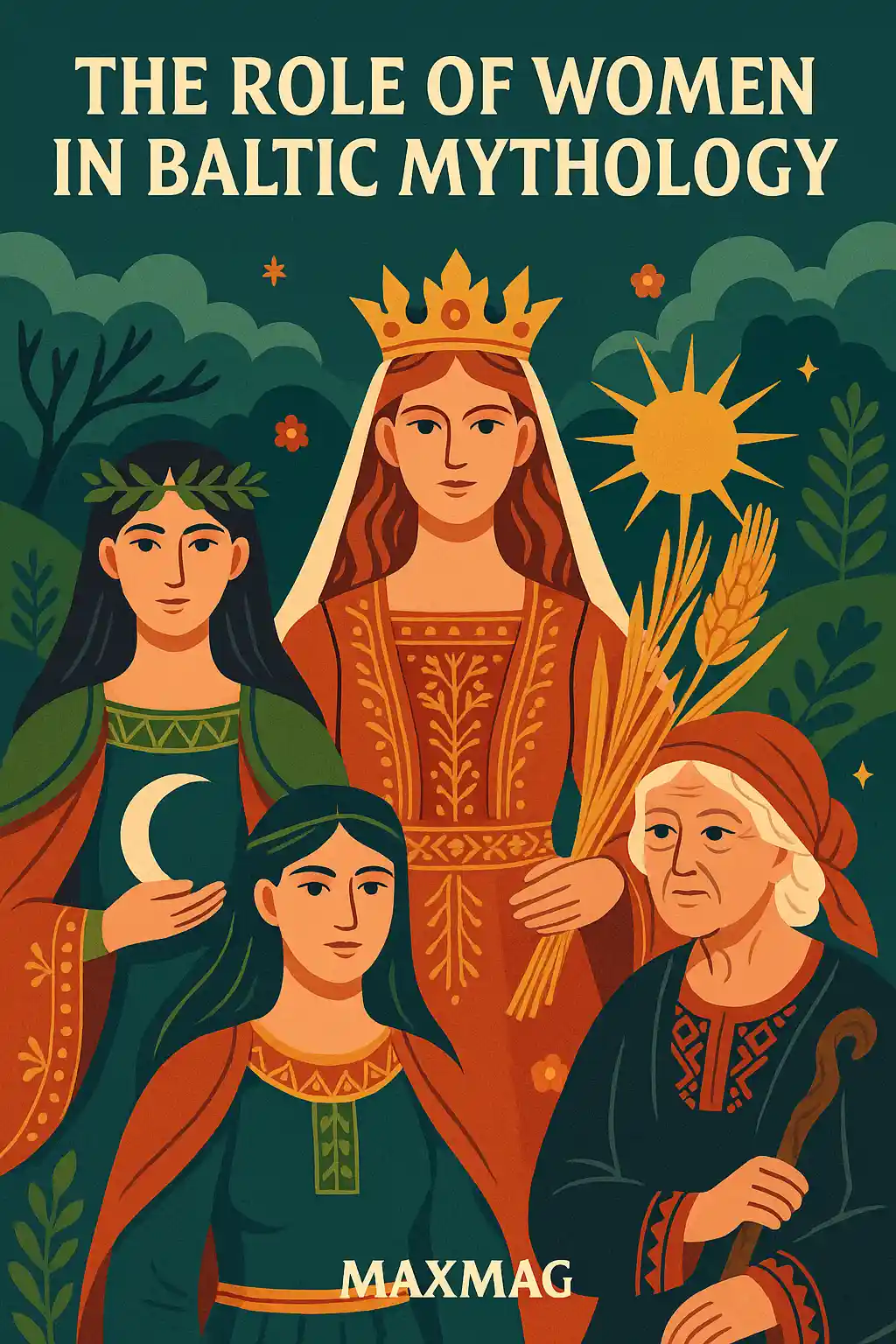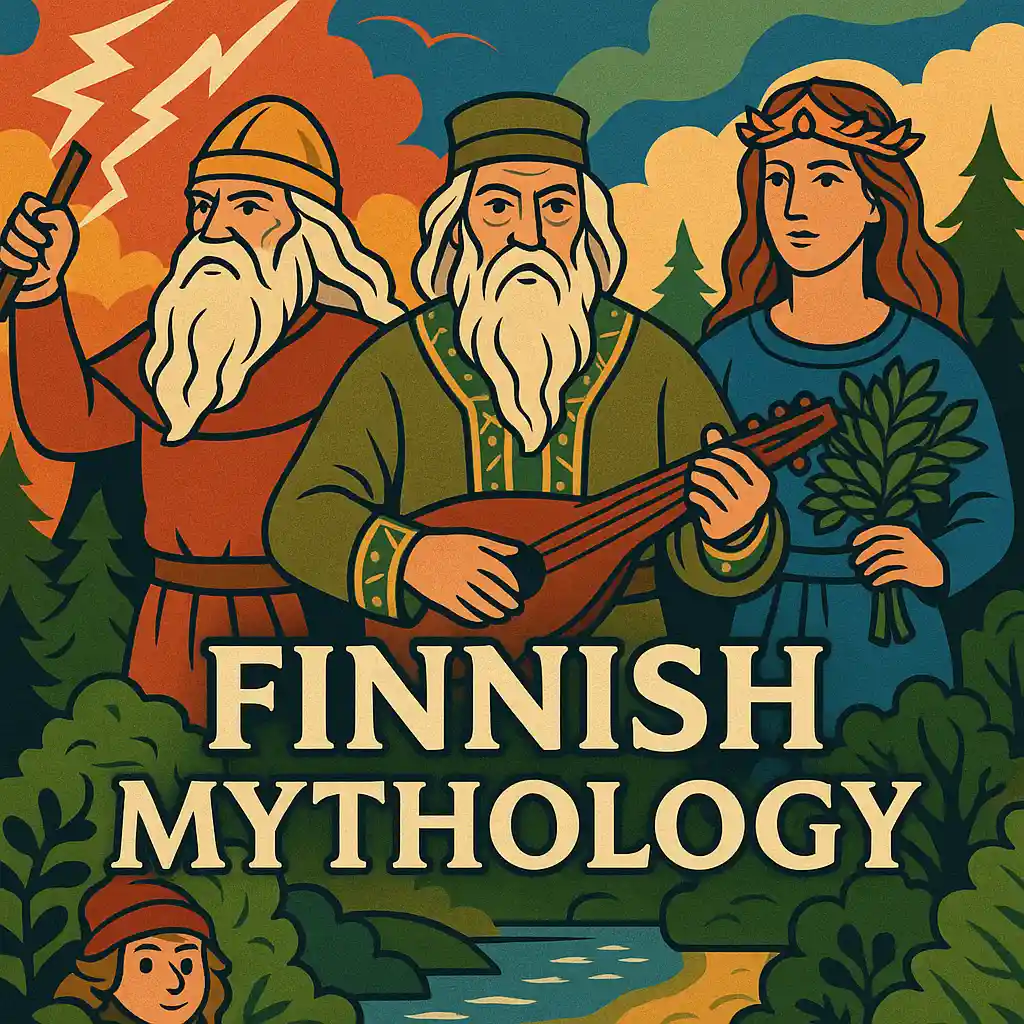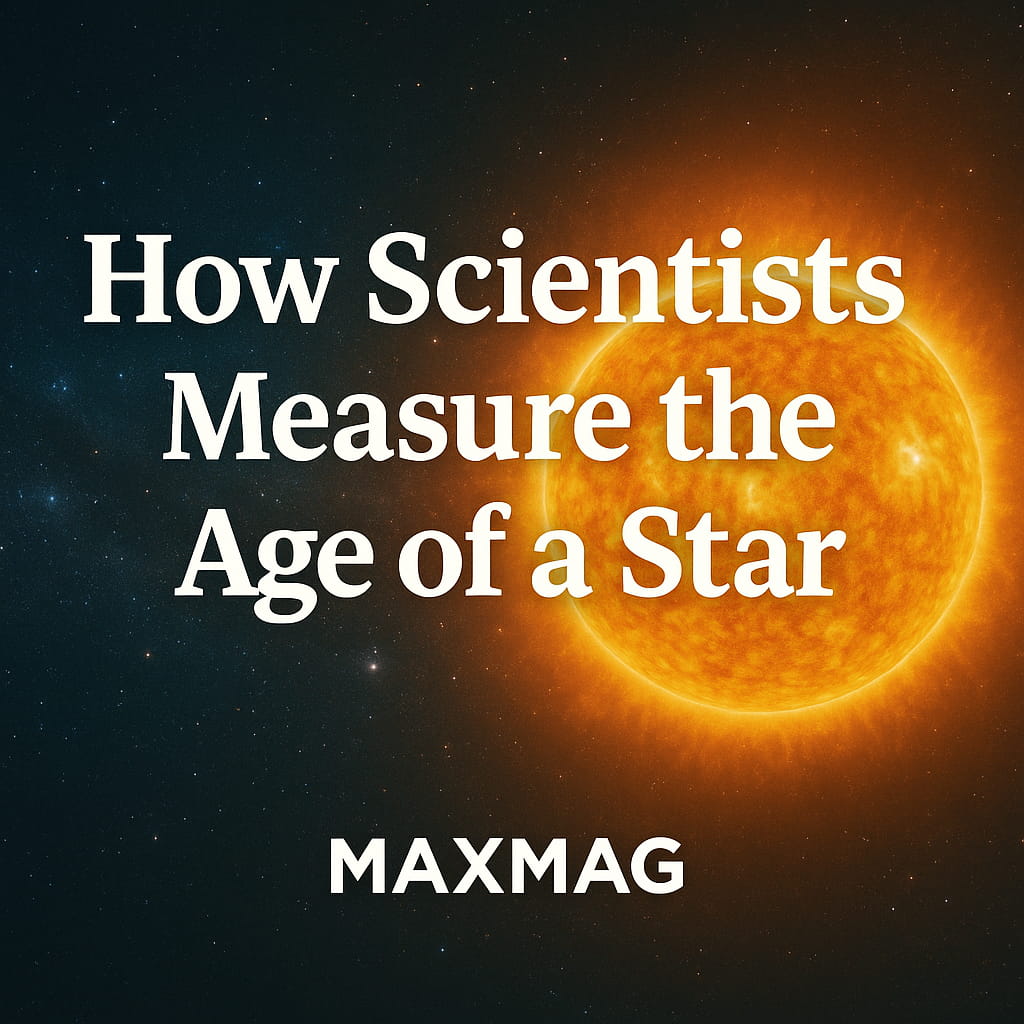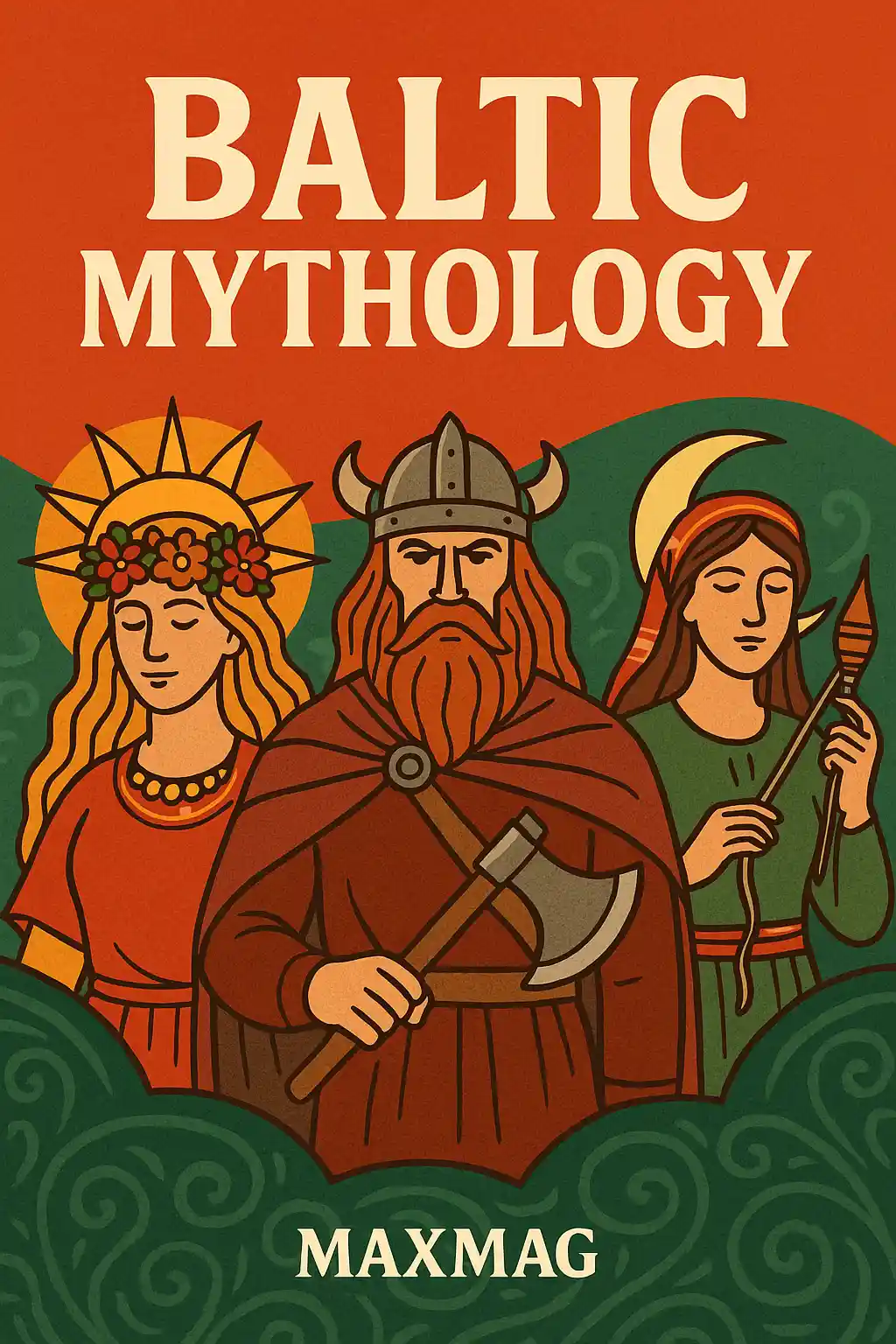
Baltic mythology is one of the oldest surviving Indo-European belief systems, rooted in the pre-Christian spiritual traditions of Lithuania, Latvia, and the now-extinct Old Prussian culture. Unlike other mythologies shaped by conquest or imperial narratives, Baltic myths were preserved mainly through oral traditions, folk rituals, and song. These myths reflect a world in which the divine is inseparable from the natural world—trees, rivers, the sun, and the moon were not merely objects, but sacred forces. For centuries, Baltic peoples maintained a culture of ritual and reverence toward their environment, even as Christianity and later Soviet rule sought to erase these beliefs. Today, with renewed interest in indigenous spirituality and environmental wisdom, Baltic mythology stands as a powerful reminder of humanity’s ancient bond with nature and the cosmos.
A Rare Survivor of Pagan Europe
The survival of Baltic mythology is nothing short of remarkable, especially considering the intense efforts by Christian crusaders and missionaries to extinguish it. While most of Europe had adopted Christianity by the 10th century, the Baltic tribes—particularly Lithuanians and Latvians—continued their pagan traditions well into the 14th and 15th centuries. This extended resistance allowed their beliefs to remain intact, developing without the heavy influence of Roman or Greek traditions. Even after conversion, many of these pagan beliefs continued underground, hidden within Christian festivals or family customs. Villagers would still honor forest spirits, leave offerings for Laima, and sing myth-laden Dainas at seasonal festivals. Unlike the organized priesthoods of classical antiquity, the spiritual knowledge in the Baltic region was decentralized, held within rural communities and passed through generations. This decentralized structure may have actually helped preserve the mythology by making it more difficult to suppress completely.
The Baltic Worldview: Harmony Between Nature and the Divine
In Baltic mythology, the universe is an intricate web of spiritual energies, where everything—living or not—is animated by a sacred presence. Mountains were seen as thrones of the gods; lakes and rivers as the dwelling places of divine beings or spirits. This animistic worldview made every natural feature sacred, and it deeply influenced Baltic culture, ethics, and seasonal practices. Even agricultural work was spiritual: fields were blessed before planting, and harvests were celebrated with rituals honoring deities like Saule and Perkūnas. This profound connection to nature meant that harming the land without ritual or permission was not just a crime against nature, but an offense against the gods. Such an outlook fostered a community-wide respect for sustainability and harmony long before those concepts entered modern environmental discourse. Many scholars now view Baltic mythology as an ecological blueprint, showing how ancient cultures lived in balance with their surroundings.
The Divine Pantheon: Baltic Gods and Their Roles
Perkūnas: God of Thunder and Law
Perkūnas was the thunder god and one of the most active deities in the Baltic pantheon. He ruled over the skies, rain, fire, law, and fertility. Perkūnas was known to ride across the clouds in a fiery chariot, hurling lightning bolts at his eternal enemy Velns, a trickster and underworld spirit who tried to disrupt order. As the enforcer of justice and the punisher of lies, Perkūnas represented masculine energy, moral duty, and seasonal renewal. Farmers and warriors revered him alike, and his presence was invoked during droughts, weddings, and major communal decisions. Thunderstorms were considered his voice—powerful, purifying, and divine. His worship often took place in sacred groves or near oak trees, which were believed to channel his energy. In many ways, Perkūnas is similar to Thor in Norse Vikings Mythology, both deities symbolizing strength, order, and the heavens’ protective force.
Saule: The Sun Goddess of Light and Renewal
Saule, the sun goddess, stands at the center of Baltic cosmology as the bringer of life, fertility, and order. Unlike in most other Indo-European traditions where the sun is male, Saule is distinctly feminine—warm, nurturing, and just. She travels across the sky in a golden chariot by day and crosses the sea in a silver boat at night, symbolizing the eternal cycle of life and death. Saule was celebrated with song, dance, and offerings during both the summer and winter solstices. She was believed to reward good deeds and punish moral failure with her gaze. In Latvian Dainas, she appears as both a cosmic force and a mother figure, crying golden tears for the dead and lighting the way for souls in the afterlife. The preservation of her myth in thousands of folk songs shows how central she was to Baltic life, especially in agricultural and family contexts.
Laima: The Spinner of Fate
Laima is the goddess of destiny, overseeing birth, death, marriage, and the entire course of a human life. Unlike the cold, indifferent Fates of other traditions, Laima is a compassionate and involved deity, albeit one whose decisions are final and immutable. She often appears as one or three women spinning the thread of life, weaving the complex tapestry of every individual’s journey. Expectant mothers, farmers, and newlyweds all prayed to Laima for a favorable destiny. Her presence was invoked at birth rituals, where her decrees were interpreted through omens, dreams, or animal signs. Sacred groves and springs were the primary places for her veneration, often adorned with ribbons, offerings of honey, or woven textiles. By connecting life events to divine will, Laima gave spiritual significance to the everyday, reinforcing moral behavior and communal care.
Cosmology and the Structure of the Baltic Universe
Baltic cosmology presents a deeply symbolic and vertically structured universe. It is divided into three interconnected realms: the Upper World (gods and ancestors), the Middle World (humans and nature), and the Lower World (spirits, death, and chaos). These realms are linked by the Tree of Life, often imagined as a mighty oak, whose roots reach into the underworld and whose branches touch the stars. Birds, which nested in the tree’s crown, symbolized divine messengers or reincarnated souls. The sky was mapped with celestial symbolism: Saule traveled across it daily, while stars were seen as her children or spiritual companions. The seasonal cycle reflected this cosmic structure, with solstices and equinoxes marking transitions between realms. This tripartite cosmology closely resembles other Indo-European systems—like the Norse and Vedic ones—but retains its own unique emphasis on moral equilibrium and sacred geography.
Sacred Geography: Natural Places as Spiritual Anchors
In the Baltic worldview, certain landscapes held spiritual power. Alkas, or sacred groves, were open-air temples where rituals, prayers, and offerings were performed. These groves were carefully maintained, and no tree could be cut, nor animal killed within their bounds without permission. Hillforts, rivers, springs, and giant boulders also served as sacred sites. Some of these natural shrines were believed to be the homes of gods or places where the divine manifested most strongly. The Hill of Romuva, considered the religious center of the ancient Lithuanians, housed an eternal flame tended by high priests. These places were essential for maintaining cosmic order and spiritual health. Even today, remnants of these traditions can be found across rural Latvia and Lithuania, where local communities still leave ribbons on trees or toss coins into springs for blessings. Scholars from the American Museum of Natural History have documented similar traditions in field studies throughout the Baltic region.
Folk Songs and Mythical Preservation
Perhaps the most remarkable legacy of Baltic mythology is its endurance through oral poetry. Dainas—short, rhythmic folk songs—serve as cultural DNA, preserving myths, rituals, ethics, and cosmology in a few poetic lines. These songs were sung at weddings, funerals, seasonal festivals, and during everyday tasks like weaving or harvesting. Their themes include Saule’s celestial journey, Perkūnas’ battle with Velns, and Laima’s weaving of fate. Some Dainas even describe mythical events from a feminine perspective, offering insight into women’s roles in Baltic society. The cumulative archive of Dainas is enormous—Latvia alone has recorded over 200,000 unique texts. These songs are still sung today, especially during midsummer festivals. Their poetic structures help encode and transmit mythological knowledge across generations. Researchers at the University of Colorado Boulder have highlighted how this form of oral literature functions as both spiritual expression and historical record.
Festivals and Seasonal Rites
The Baltic calendar is filled with festivals that mirror the cycles of the sun and moon, blending seasonal changes with spiritual observance. Joninės (Lithuanian) and Līgo (Latvian) celebrate the summer solstice with bonfires, singing, and flower wreaths—rituals directly honoring Saule’s peak strength. Couples jump over fire for fertility, and communities search for the mythical fern flower, a symbol of hidden knowledge and good luck. In contrast, Kūčios, the winter solstice, is a time for ancestor veneration. Families prepare a meatless meal of 12 symbolic dishes, set an extra plate for departed souls, and observe rituals like silent prayer, fortune-telling, and the burning of straw to chase away misfortune. These celebrations retain unmistakable pagan roots, reflecting cosmological beliefs about life, death, and rebirth. Unlike many Christianized holidays in the West, Baltic seasonal rites remain closely tied to the natural world and its divine rhythms.
Mythical Creatures and Spirit Beings
The mythological world of the Baltics is populated not just by gods, but by a wide range of spirit beings that mediate between the human and divine. Laumės, the fairy-like women of the forests, could bless or curse depending on how they were treated. Often appearing at night, they were both alluring and dangerous—seducing men or punishing the disrespectful. Kaukai, tiny domestic spirits, protected the household and aided in daily chores if respected. Offerings of bread or milk were left near hearths or doorways to keep them content. Vėlės, or ancestral spirits, were believed to return during specific times of the year, particularly during Kūčios. Their presence was honored through food offerings, storytelling, and silence. These spirits added texture and richness to Baltic cosmology, grounding divine forces in everyday life and ensuring that the spiritual world was always present.
The Role of Women in Baltic Mythology
Women played a deeply significant role in Baltic mythology and ritual life. Goddesses like Saule, Laima, and Laumė were not passive symbols but active agents of fate, morality, and nature. This prominence is mirrored in the human sphere, where women served as keepers of folk songs, ritual leaders in domestic ceremonies, and caretakers of sacred customs. The feminine aspect of Baltic spirituality was expressed not only in the divine but in the transmission of knowledge, especially through the oral tradition. Daughters were often taught mythological songs by their mothers, ensuring cultural continuity. This matrilineal preservation of myth contrasts with many other Indo-European traditions and highlights the respect for women as vessels of wisdom and mediators between worlds.
Christianity and the Subversion of Myth
With the Christianization of the Baltics came widespread efforts to dismantle pagan rituals, destroy sacred groves, and reframe deities as demons or saints. Yet, rather than vanishing, Baltic mythology adapted. Festivals were rebranded with Christian names; sacred trees were marked with crosses instead of being felled. Saints were substituted for old gods—Perkūnas for St. Elijah, Saule for the Virgin Mary. This syncretism allowed the spiritual core of Baltic belief to persist under new guises. In remote regions, it became common for villagers to simultaneously attend church and honor their ancestral spirits at sacred springs. Today, this fusion can still be seen in rituals that combine Christian prayers with offerings to nature spirits. The resilience of Baltic mythology is a testament to the enduring power of oral culture and local faith systems in the face of imposed religion.
Modern Revival and Neopaganism
In recent decades, Baltic mythology has experienced a cultural and spiritual revival. Movements like Romuva in Lithuania and Dievturība in Latvia aim to reconstruct pre-Christian Baltic religion through folk traditions, archaeological records, and comparative mythology. These groups celebrate seasonal festivals, maintain sacred groves, and teach ethical living based on ancient principles. Their practices are increasingly recognized as part of national heritage, and some ceremonies even receive state recognition. As global interest in indigenous and earth-based spirituality grows, Baltic mythology is being rediscovered by international audiences. It offers not just a set of stories, but a deeply integrated worldview—one where nature is sacred, life is cyclical, and every being has a spiritual role to play.

